Traveling in Central Spain: Best Destinations for the Artsy Traveler
Artsy Traveler contains affiliate links for products and services I personally use and can happily recommend. As an Amazon Associate, I earn from qualifying purchases. Please read the Disclosure for more information. If you make a purchase through these links, at no additional cost to you, Artsy Traveler earns a small commission. Thank you!
Traveling in central Spain is a commitment! Distances are vast and destinations spread out. You will drive and drive and drive–and not see a whole heck of a lot. The journey by car from Zaragoza in the east to Toledo just south of Madrid took us about six hours.
Fortunately, the long drives are rewarded with lots of see in the four cities described in this post: Madrid, Toledo, Zaragoza, and Salamanca.
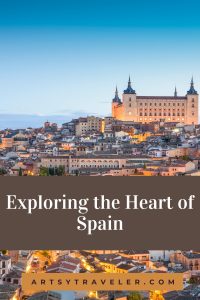
Here are the four places on a map.
You’re most likely to visit Zaragoza and Salamanca if you’re driving into or out of Spain from France (Zaragoza) or Portugal (Salamanca).
The fastest way to reach Madrid is to either fly or to take a high-speed train from Barcelona. Once in Madrid, visit Toledo on a day trip with either a tour or on public transit, or stop in on your way south if you’re driving.
I suggest allocating at least three nights for Madrid and one night for each of the other three cities en route to other parts of Spain.
Traveling in Spain: Madrid is the Heart
Madrid is monumental. Large avenues lined with massive buildings give the city a solid but not terribly intimate feel.
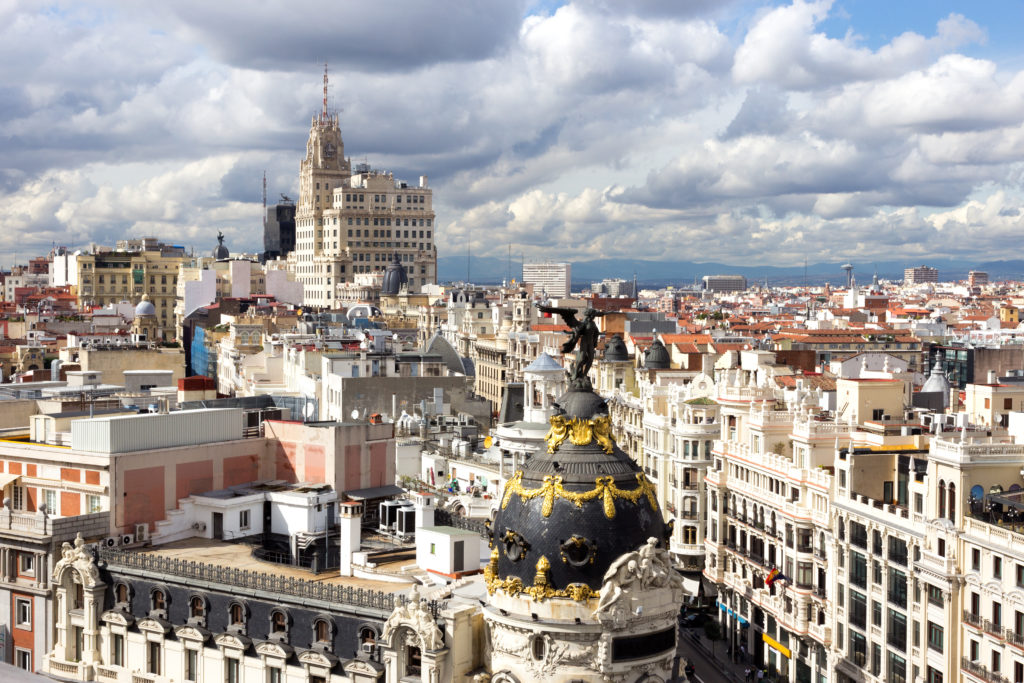
On one trip we happened to visit on September 29, the national day of protest against proposed government cuts. Thousands of demonstrators in the central Puerta del Sol wore red and chanted “No!”.
We’d heard that the whole city was shut down, but, as tourists, we didn’t experience any inconvenience beyond the taxis taking longer routes to get to the museums and tacking on a €2 surcharge. Considering the fares were around €5, we weren’t bothered!
On another trip, we stayed for two weeks and loved having the time to thoroughly explore Madrid. Check out my post: Exploring Fascinating Madrid–Europe’s: Best-Kept Secret for the Artsy Traveler for more in depth information about exploring Madrid.
Map of Madrid
The map shows the location of the six major sites described in this post.
Art Museums in Madrid
If you’re an art lover, you’re likely visiting Madrid to tour the Prado, the Reina Sofia, and the Thyssen-Bornemisza Museum of Art—all located in Madrid’s “Golden Triangle of Art.”
The Prado
The Prado is simply wonderful. With over 7,000 paintings in its collection and around 1,500 on display, your artsy heart will be beating wildly. My favorite piece in the Prado is The Garden of Earthly Delights by Hieronymus Bosch. It’s even more creepy and surreal in real life than in reproductions.
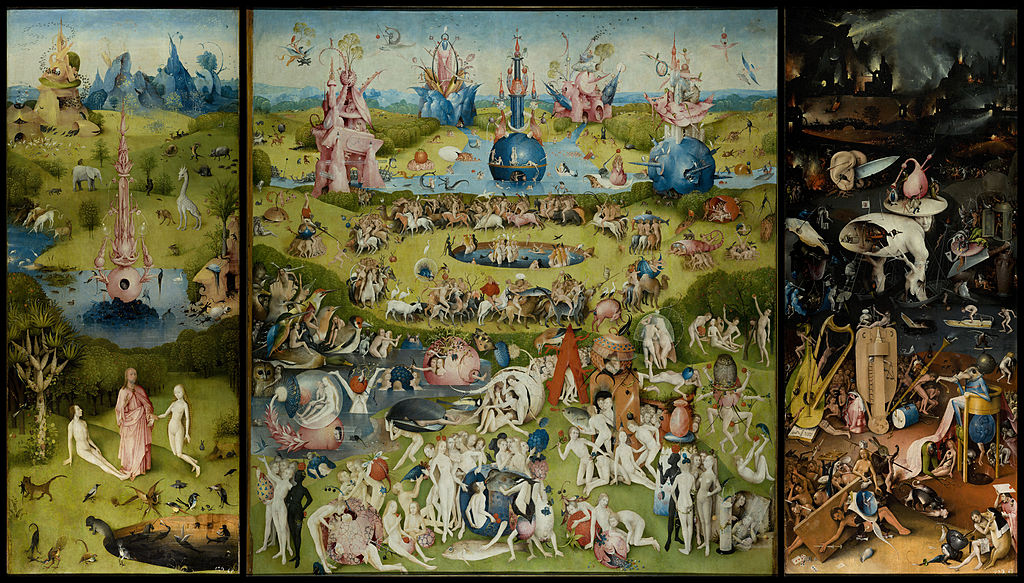
by Hieronymus Bosch , c. 1495–1505.
Other notable works in the Prado include Velasquez’s Las Meninas and other fine works, particularly those of the Spanish royal family, and Goya’s 6th of May and Las pinturas negras (The Black Paintings). You’ll also find great works by El Greco, Rubens, Bruegel, Rembrandt, and van Dyck.
Spare some time for the art of Spanish masters, such as Bartolomé Esteban Murillo and José de Ribera, and the stark figures of Francisco de Zurbarán. I’ve become partial to Zurbarán after seeing a major exhibition of his work in New York a few years ago. His figures are incredibly compelling.
Museo Thyssen-Bornemisza
Visit the Thyssen-Bornemisza to see a huge range of art styles and artists spanning the centuries from the Middle Ages to the moderns.
It’s a veritable ‘who’s who’ of western art. Start on the second floor (the top floor) and work your way through the 13th and 14th centuries (my faves), check out the Portrait of King Henry VIII by Holbein the Younger, then stroll past Tintorettos, Titians, Caravaggios, et al.
The Thyssen-Bornemisza also includes masterpieces by van Gogh, Monet, Renoir, Degas, Goya, Gainsborough, and Gauguin, to name a few. And then there are the moderns—Kandinsky, Picasso, Braque, Dali, and Madrid’s own Juan Gris.
Take your time and soak it all in!
Reina Sofia
You’ll probably want to spread your museum-going over two days. Seeing all three museums in the Golden Triangle in one day would be artsy suicide. Pace yourself!
Visit the Reina Sofia to view Picasso’s powerful Guernica, which he painted to protest the bombing of the Basque town of Guernica during the Spanish Civil War. The painting is displayed in a room of its own. Arrive early or late to view it without the crowds.
The rest of the museum houses an excellent collection of contemporary art, including works by Salvador Dalí and Joan Miró.
Enjoying this post? Subscribe to Artsy Traveler to Receive Valuable Travel Tips and Your FREE Guide: 25 Must-Do Artsy Traveler Experiences in Europe for 2025
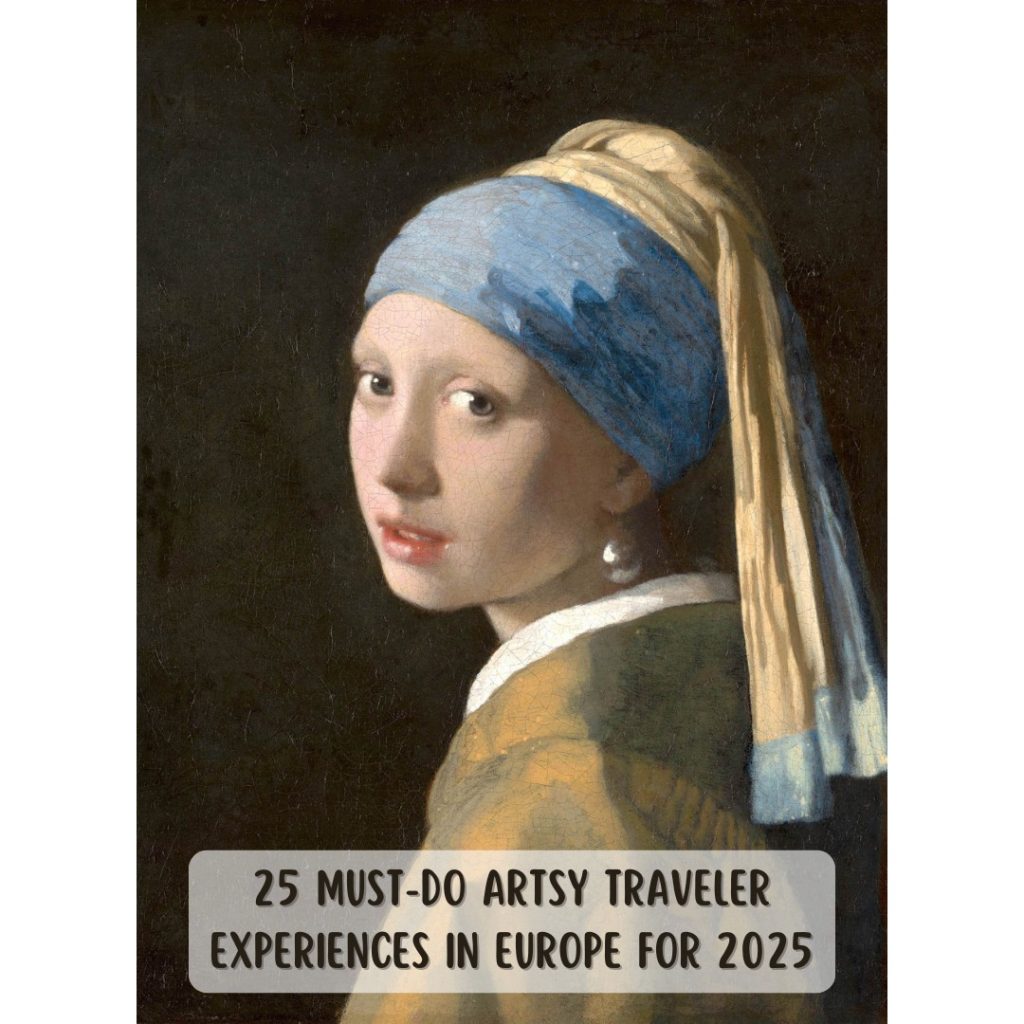
Botanical Gardens & Parque del Buen Retiro
I love European gardens, and these two parks adjacent to each other in Madrid are among the best. We spent a lot of time strolling through the botanical gardens to see a glorious display of dahlias (it was September) along with an outdoor exhibition of photographs documenting seminal moments in Spanish history from 1896 to the present.
Some of the shots were just amazing—dead bodies in the streets during the civil war, Franco riding in a car with Nixon, the Beatles wearing matador hats, and on and on—100 photographs. I wish I could have read the commentaries, but my Spanish is just about nil.
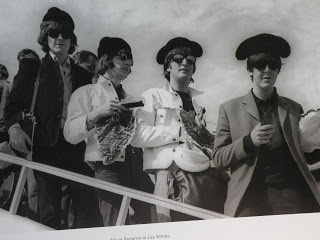
From the botanical gardens, wander into the main gardens where you’ll come across an artificial lake, exhibition spaces, and monuments, including one to the 191 victims of the 11 March 2004 train bombings in Madrid. You’ll also find lots of trees and shady pathways. The park is a treat!
Plaza Mayor
The grand central square of Madrid is an attractive open space that features imposing architecture and Madrid’s central tourist office. I liked all the archways.
Old Madrid after Dark
Madrid after dark is cooking and intense. Grab a drink and some tapas in an outdoor café and watch the world go by, then wander farther to find another place for dinner. Be careful not to over-order in Madrid! Portions are massive, and much of the food is fried and wrapped in ham. It’s tasty but more than a bit on the stodgy side.
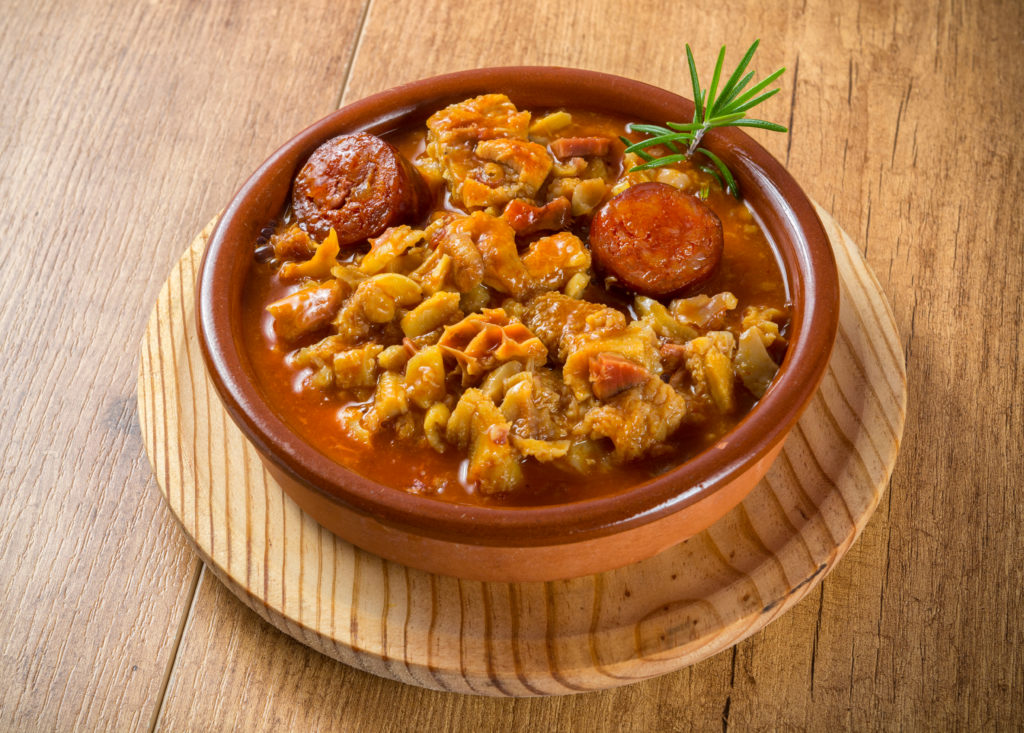
Gregg and I often order one dish to share. The servers don’t mind.
Tour the Royal Palace (Palacio Real)
The Royal Palace in Madrid is the largest palace in western Europe. With 2,800 rooms, it’s almost twice the size of Versailles.
You can tour of the palace to view the only surviving example of a Stradivarius quartet, a portion of the permanent art collection, and the Royal Kitchens (only open to the public since 2017).
Traveling in Spain: Don’t Miss Toledo
Take a day trip from Madrid to explore beautiful Toledo or drive there on your way south.
If you’re driving, head straight for the massive car park at the base of the city. You can’t miss it. Just be sure to note where you parked your car and where you exited. Take pictures of your stall, the floor number, and your exit.
We did not follow this advice and ended up walking miles out of our way late at night.
You can’t help but like Toledo. It’s charming with a capital C.
Perched on a hill, Toledo, the city on a hill, is a World Heritage Site famous for its monuments, its awesome cathedral, and for being the “City of the Three Cultures”, thanks to the cultural influences of Christians, Muslims, and Jews. The city was also the capital of the Visigothic Kingdom from 542 to 725 CE, which is kind of cool.
Here’s Gregg in front of the classic view of Toledo made famous in a painting by El Greco.
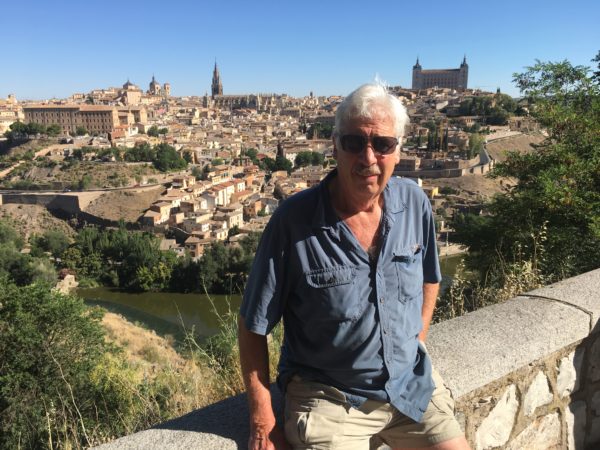
Toledo is a popular tour stop, so during the day, you’ll have to dodge busloads of tourists huffing and puffing through the narrow streets in the stifling heat. Scoot around them to get a look inside the stunning cathedral that lives up to the hype.
I was mesmerized by the choir stalls. The carving on each stall is different.
Toledo is the place to buy items made from the famous Toledo steel. Display windows bristle with swords and knives and other sharp things that would never make it through airport security in your carry-on bag. I bought several pairs of sewing scissors as gifts.

In the evening, once the tour busses have left, the streets fill with locals. Weave through the streets of the old town in search of tapas and wine. You’ll find plenty!
Traveling in Spain: Visit Off the Beaten Track Zaragoza
You’ll likely visit Zaragoza en route to somewhere else. It makes a convenient stopping point for drivers coming from France through the Pyrenees. You can also break up the drive from Barcelona to Madrid in Zaragoza.
The city is the perfect one-night stop along a desolate stretch of a very large country. And you’ll have a chance to enjoy a virtually tourist-free Spanish city that has a great deal to offer the visitor.
Zaragoza Overview
As the capital of the province of Zaragoza and of the autonomous community of Aragon, Zaragoza is a good size, but the interesting part of the city is compact enough to stroll around with just one inexpensive taxi ride out to the Aljafería Palace.
Here’s a map of the city showing the sights mentioned in this post:
The streets and shops are prosperous-looking, clean, and thronged with locals. You’re unlikely to see many tourists, although you’ll find an air-conditioned and well-staffed tourist office on the main plaza, so obviously tourists do go there.
A friendly young man at the tourist office told us where to go for cut-price tapas that evening. Apparently, there’s a street where all the tapas joints charge just €2 for a tapa and a glass of vino. Count me in!
Basílica de Nuestra Señora del Pilar
Zaragoza borders the Ebro River which you’ll probably drive across on your way into town and see again when you visit Zaragoza’s main sight—the Basílica de Nuestra Señora del Pilar (#1 on the map).
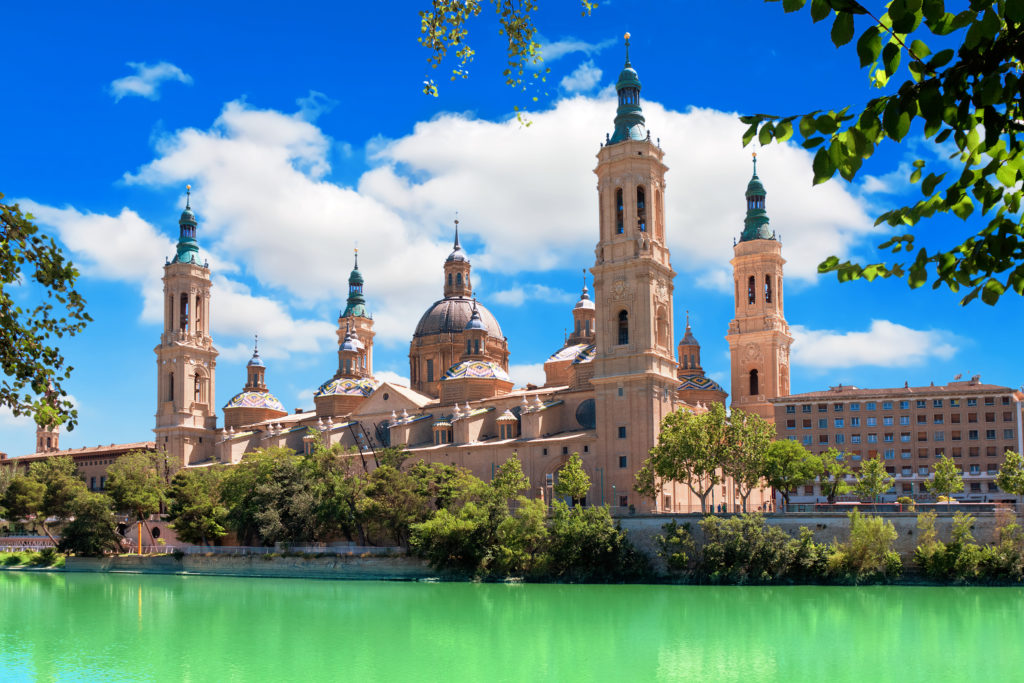
Built between 1681 and 1872, this massive Baroque cathedral with its fabulously tile-topped cupolas and turrets is worth a look. Wander around the vast aisles and check out the highlight—a roomful of paintings by Goya.
Zaragoza is Goya’s hometown, so across from the cathedral is a museum (#2) dedicated to his work. We didn’t visit it on this trip, instead opting to grab a cab to the Aljafería Palace which reportedly dates from Moorish times.
Aljafería Palace
We were virtually alone as we ambled through the various rooms to admire interesting exhibits and take photos of the attractive—and empty—courtyard complete with reflecting pond, palm trees, and arches. The Aljafería Palace (#3) is no Alhambra, but it’s worth a quick look.
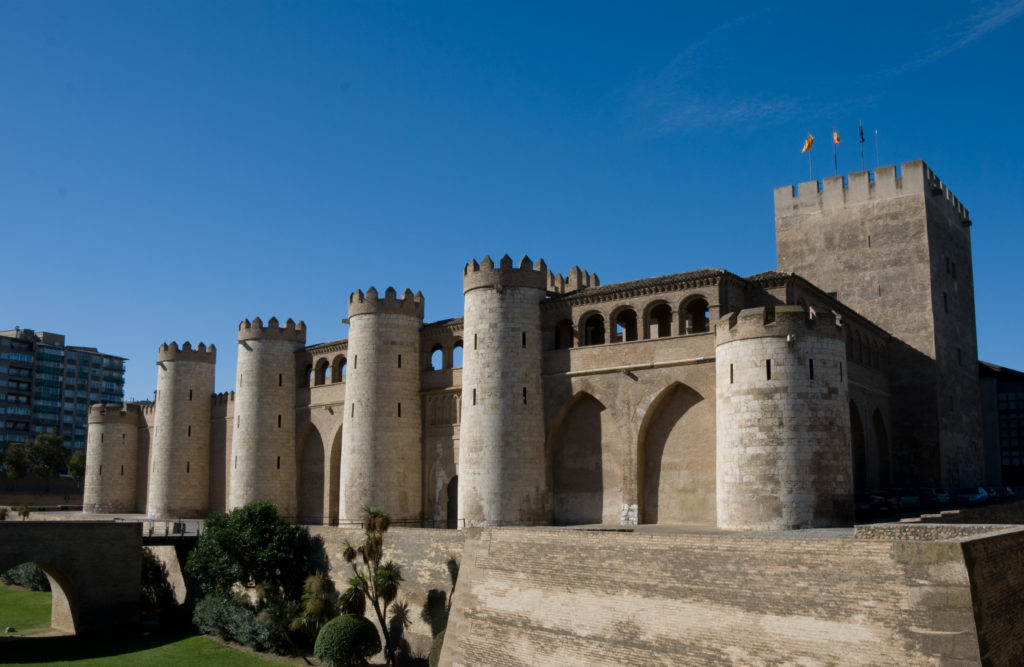
In the evening, stroll through streets comfortably filled with locals to find tapas. We arrived at the place of the €2 tapas at 8 pm, only to find it and most others still closed. This is Spain, where things typically don’t get going until well past 9 or 10.
But persevere and you’ll find that even regular-priced tapas are not expensive. Zaragoza is a bargain for food and drink.
We stayed in the Hotel NH Collection Gran Hotel de Zaragoza (#4) which was comfortable albeit a bit bland. But the location was good and we could walk everywhere.
Traveling in Spain: Don’t Miss Lovely Salamanca
Visit Salamanca on your way to or from Portugal. If your accommodation budget extends to a splurge, book into the Parador de Salamanca, located about a fifteen-minute walk from the town.
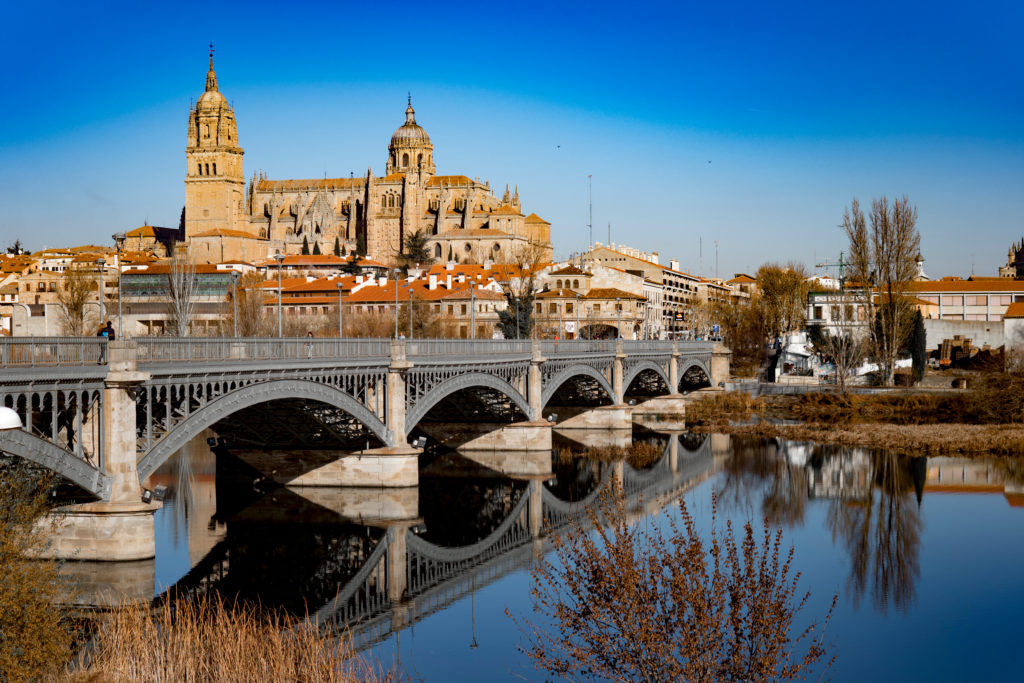
Paradors in Spain are special hotels usually located in historic buildings, such as convents and palaces. They have a certain level of luxury with prices to match, although bargains can be had. Check the booking sites!
The parador in Salamanca is one of the few modern paradors in Spain. Its main claim to fame is its location overlooking the skyline of old Salamanca.
Here’s the view from our room:
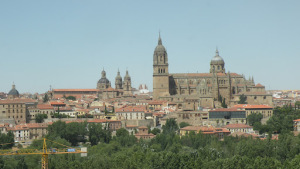
Salamanca is a great place to visit for its old town, fabulous central plaza, and Casa Lis, a marvelous art nouveau museum. Here’s a map of the highlights mentioned in this post.
Casa Lis Art Nouveau and Art Deco Museum
If you love art deco, you’ll adore this museum. La Casa Lis itself is an extraordinary building in the art nouveau style with plenty of stained glass. Exhibits of over 2,500 pieces of art deco and art nouveau objets d’art include porcelain figures, gold and ivory statues, enamels, bronze items, toys, and even Fabergé eggs.
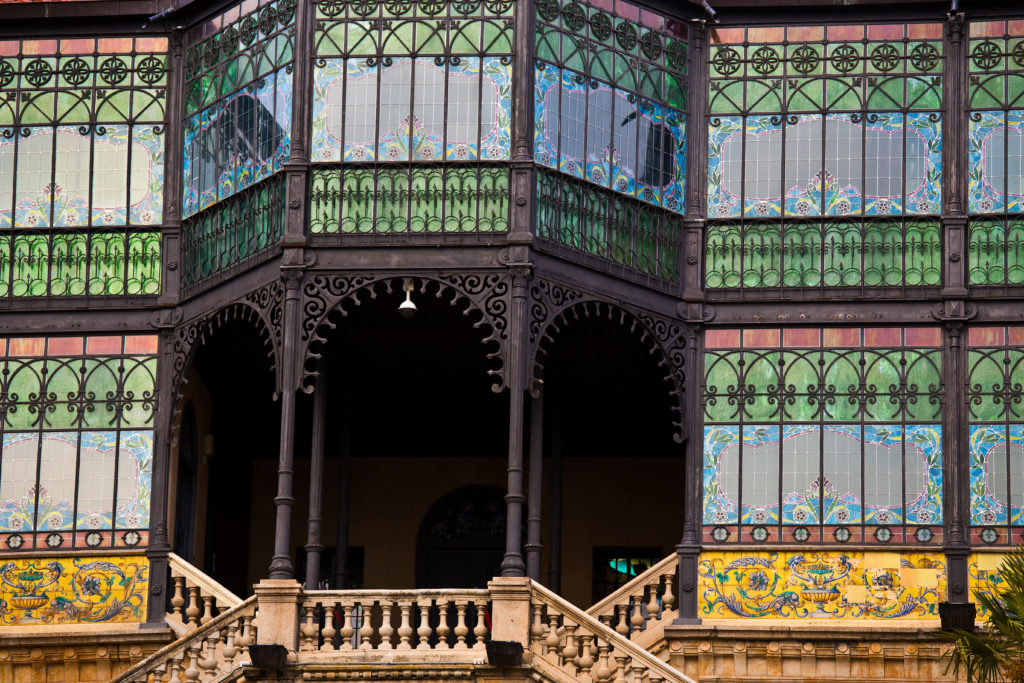
The display of Paris fashion dolls from the late 1800s was especially compelling. Spend a couple of hours strolling from room to room in the virtually empty museum.
Plaza Mayor
Wander uphill into Salamanca’s lovely old town. Very little car traffic is allowed, so the streets are clear and easy to walk in. As the sun begins to go down, people flood into the streets to enjoy the evening air.
We arrived in the Plaza Mayor to find it packed with thousands of people waving placards. Just as in Madrid, Spain’s austerity measures were not going over well with the citizens of Salamanca. However, the protest was one of the most good-humored I’ve seen. The crowd consisted mostly of families and middle-aged or older people smiling and laughing as they periodically brandished their signs. The gist of most signs was a large, red “NO”.
If you encounter a protest (unlikely!), wait until it moves off , then snag a table to gaze out over what must be one of the loveliest plazas in Spain.
Enjoying Plaza Mayor
The Plaza Mayor appears to be square, lined on all four sides by uniform facades that date from the 18th century. Bands of young men dressed in medieval garb played Mexican-sounding music. We wondered why the music sounded so Mexican and were told by our server that Salamanca has maintained ties with Mexico and Latin America. Apparently, many of the Spanish people who emigrated to Mexico came from Salamanca, and some of the wealthier ones have returned to make Salamanca so prosperous looking. It’s a beautifully maintained city.
Around 10:30, when the light still hadn’t faded much (it was early July), the lights were turned on, and everyone in the square gasped, much to the amusement of our server who just rolled his eyes. I guess he sees it every night.
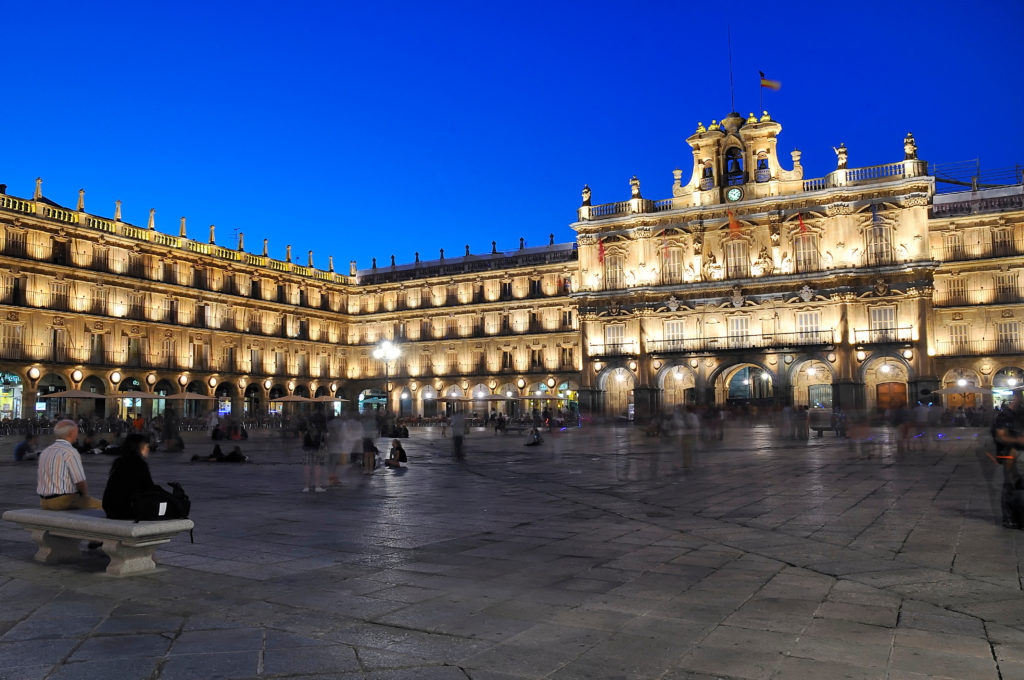
Traveling in Spain: Where to Stay in Central Spain
For accommodation suggestions in Madrid, Toledo, Zaragoza, and Salamanca, see Where to Stay in Spain: My Best Picks.
Conclusion
Have you visited the cities described in this post? Leave your comments below. Here are some more Artsy Traveler posts about Spain:
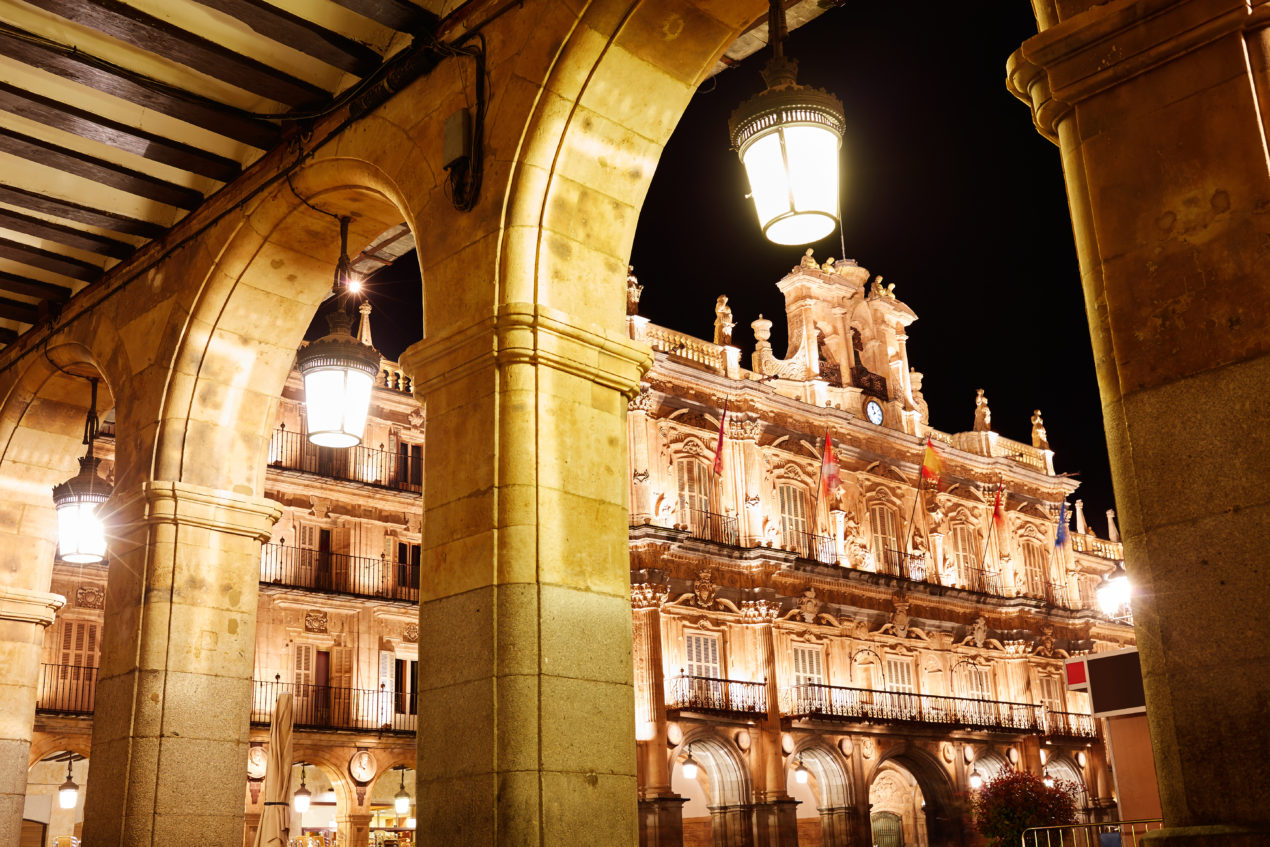

[…] Toledo Cathedral and the Cathedral of Zaragoza: Exploring the Heart of Spain […]